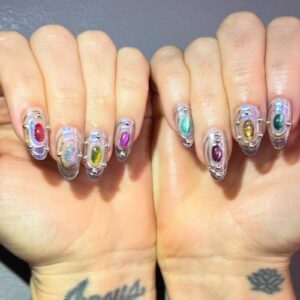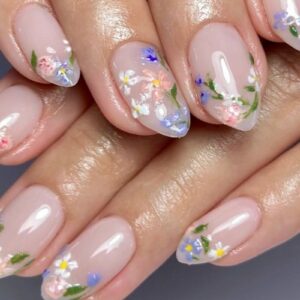
Nail techs, here’s the difference between irritant & allergic contact dermatitis
By Guest Writer | 25 April 2025 | Expert Advice, Feature, Health & wellbeing
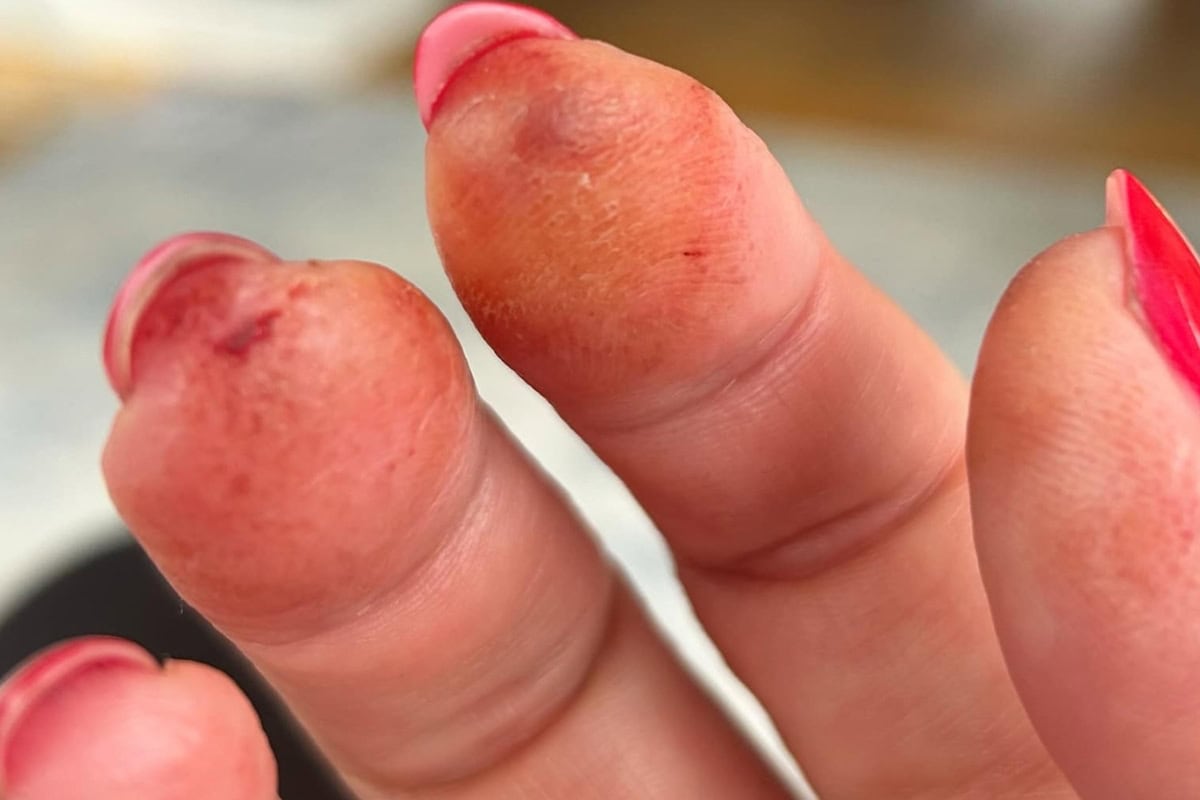
Award-winning salon owner, educator & industry consultant, Theresa Foddering, aka The Naildresser, explains the difference between irritations and allergies…

In the nail world, we see a lot of terms to describe skin reactions: itching, redness, swelling, irritation, but the real question is: do we fully understand what’s causing these issues? Two common culprits are irritant contact dermatitis and allergic contact dermatitis. The symptoms of both can appear identical, making it easy to confuse the two. But there’s one key difference: to develop allergic contact dermatitis, you need to have been exposed to the allergen multiple times. Irritant contact dermatitis is an immediate reaction.
Let’s start with some basics…
The skin around the nail and the nail plate have built-in defences. These layers of skin and keratin work to protect us from outside invaders. The nail plate is composed of hard, keratinised cells that form a barrier, and the surrounding skin has oils and hydration to fend off harmful irritants. But in professional nail services, these natural defences often take a hit.
A typical nail service is a drying process. From the use of acetone for soaking or prepping, to the application of primers, bonders and other solvents, each step tends to dehydrate the skin and nails, stripping away the natural moisture that keeps everything balanced. While these products are essential for adhesion, they can leave the skin and nail plate vulnerable to irritation.
We also need to look at the habits that follow. We’ve all seen it: the client who picks at their nails, chews on the surrounding skin, or has no idea that their home removal methods could be wreaking havoc. Removing product improperly, using metal tools to scrape it off or picking at lifting nails can cause micro-trauma to the nail plate and surrounding skin.
Allergy or irritation?
The word ‘allergy’ can be used casually and quickly blamed for nail-related issues, regardless of whether it’s the cause. The problem? Some nail professionals and clients are misinformed, and it’s hard to break free from the cycle of incomplete education.
So where does irritant contact dermatitis fit into this? Irritant contact dermatitis happens when the skin comes into direct contact with a substance that damages it – with no allergic reaction, just straight up irritation. It can happen immediately, and it can be triggered by harsher chemicals, over-drying or even excessive scrubbing during nail prep. The symptoms are often the same as an allergy: redness, itching and swelling.
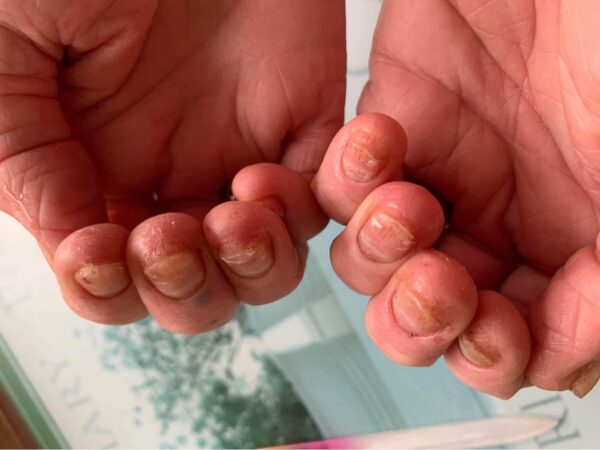
Severe prolonged overfiling
Allergic contact dermatitis is more complex. The reaction is caused by the body’s immune system, and you don’t develop an allergy overnight. There will be repeated exposure to an allergen before the immune system decides it’s time to react. While you might develop a reaction to a product you’ve used before, you wouldn’t know if it’s an allergy until you’ve been exposed multiple times. The symptoms may look exactly the same as irritant contact dermatitis, but the cause is different: the body has learned to recognise the allergen and is fighting back.
Are you protecting or panicking?
When you notice irritation, is your first instinct to panic? Is it to assume that you’ve caused an allergy or that a product you use is the problem? It’s a common reaction, but don’t be quick to panic. In fact, it could be the best scenario to spot an issue before it becomes worse.
Think about it: the irritation is a warning sign. It’s the body saying ‘hey, I’m not sure about this, but we have time to fix it‘. If you can spot the irritation early, you’ve got the opportunity to pause, reassess your processes and make adjustments before it turns into an allergy. It’s about doing a process of elimination and not jumping to conclusions.
I’ve supported many nail techs who struggle with clients that, for example, are irritated by the fragrance in cuticle oils. By breaking things down, we were able to eliminate the cause and solve the issue. This isn’t about pointing fingers or blaming products – it’s about understanding the full picture.
So next time you encounter something untoward, remember not to panic. You could possibly fix it. Let’s stop spreading fear without the fix.
Lead image shows a gel irritation.
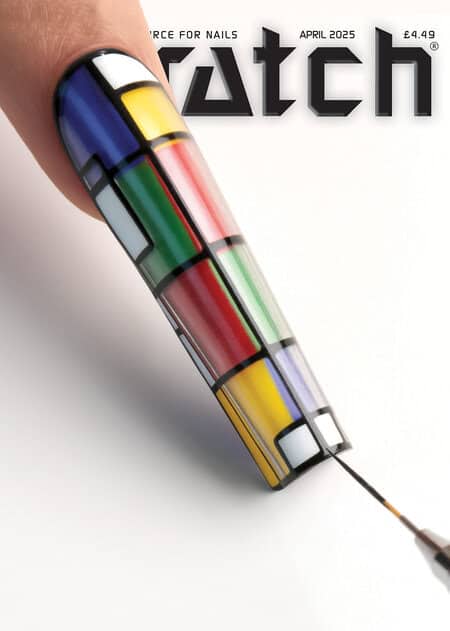
Read the latest issue






